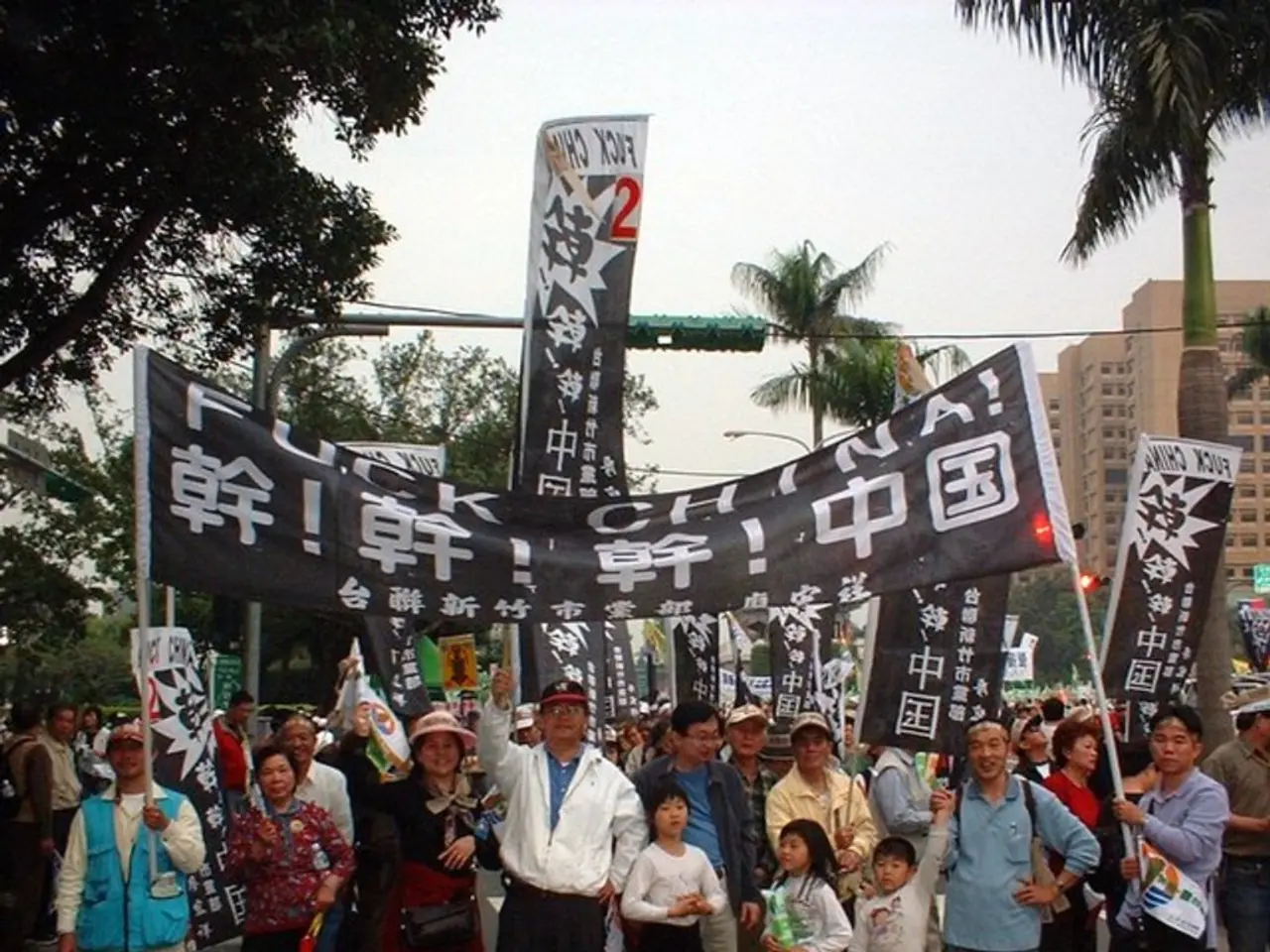Tehran Shuts Down Public Restrooms due to Water Shortage
Iran's ongoing water crisis has taken a turn for the worse, with the closure of public toilets in Tehran becoming a stark reminder of the severity of the situation. The city, home to approximately 15 million inhabitants, is grappling with a combination of prolonged drought, drastically reduced rainfall, soaring temperatures, excessive groundwater extraction, and years of poor water management.
The crisis has led to widespread water rationing, with households and businesses often facing hours-long daily outages. President Masud Pezeshkian has acknowledged the mismanagement as a key factor and has suggested fundamental reforms, even questioning Tehran’s future viability as the capital.
Reservoirs that supply Tehran are at historic lows, below 10-14% capacity, and aquifer over-pumping has caused parts of Tehran to sink by more than 10 inches annually. The situation in Tehran is worsening daily, with essential services like public toilets being affected. Eyewitnesses have confirmed the closure of many public toilets, including those near and inside metro stations. However, the Tehran city administration has not yet commented on the reports.
The water crisis has also led to power outages, making the use of air conditioning impossible at temperatures between 40 and 50 degrees. President Pezeshkian considers the current situation a "natural disaster" that could worsen in a few weeks.
The government's responses have so far been reactive and partially effective. Measures include emergency water transfer projects, aggressive conservation campaigns, and water rationing policies. However, experts emphasize that much of the freshwater is used inefficiently in agriculture — which consumes over 90% of the water but contributes only about 9-12% of GDP and employs roughly 17% of the workforce. A critical proposed solution is reallocating water from agriculture to households and industry, a step considered straightforward but complicated by entrenched interests and state-guided agricultural enterprises.
The energy and water crisis in Iran has become a major concern for its citizens. President Pezeshkian is considering relocating the capital to prevent potential chaos. Didehban-Iran, a political activist, accuses the government of denying Tehran residents a basic need by halting essential services. All of Iran's dams are almost empty, according to President Pezeshkian.
Addressing the crisis long-term requires structural water management reforms, particularly cutting water consumption in agriculture and improving conservation efforts across sectors. The government is considering reducing the workweek from five to four days or ordering a one-week forced closure of Tehran to save electricity and water. Despite these efforts, the situation remains critical, and the future of Iran's water supply hangs in the balance.
- The severity of Iran's water crisis, a combination of climate-change effects like prolonged drought, reduced rainfall, and soaring temperatures, exacerbated by human factors such as poor water management and excessive groundwater extraction, has led to essential services like public toilets being affected and has sparked a need for policy-and-legislation changes in environmental-science to address the crisis.
- The ongoing water crisis in Iran, which has resulted in widespread water rationing and power outages, is a topic of public concern and discussion, with President Masud Pezeshkian considering relocating the capital to prevent potential chaos and political activists like Didehban-Iran accusing the government of denying Tehran residents a basic need by halting essential services.
- With Iran's dams almost empty and freshwater resources dwindling, the government is considering short-term solutions such as reducing the workweek to save electricity and water, but experts emphasize that long-term resolutions require structural water management reforms, particularly in the agricultural sector where over 90% of water is used but contributes only 9-12% of GDP, and improved conservation efforts across sectors for the future viability of Iran's water supply.





